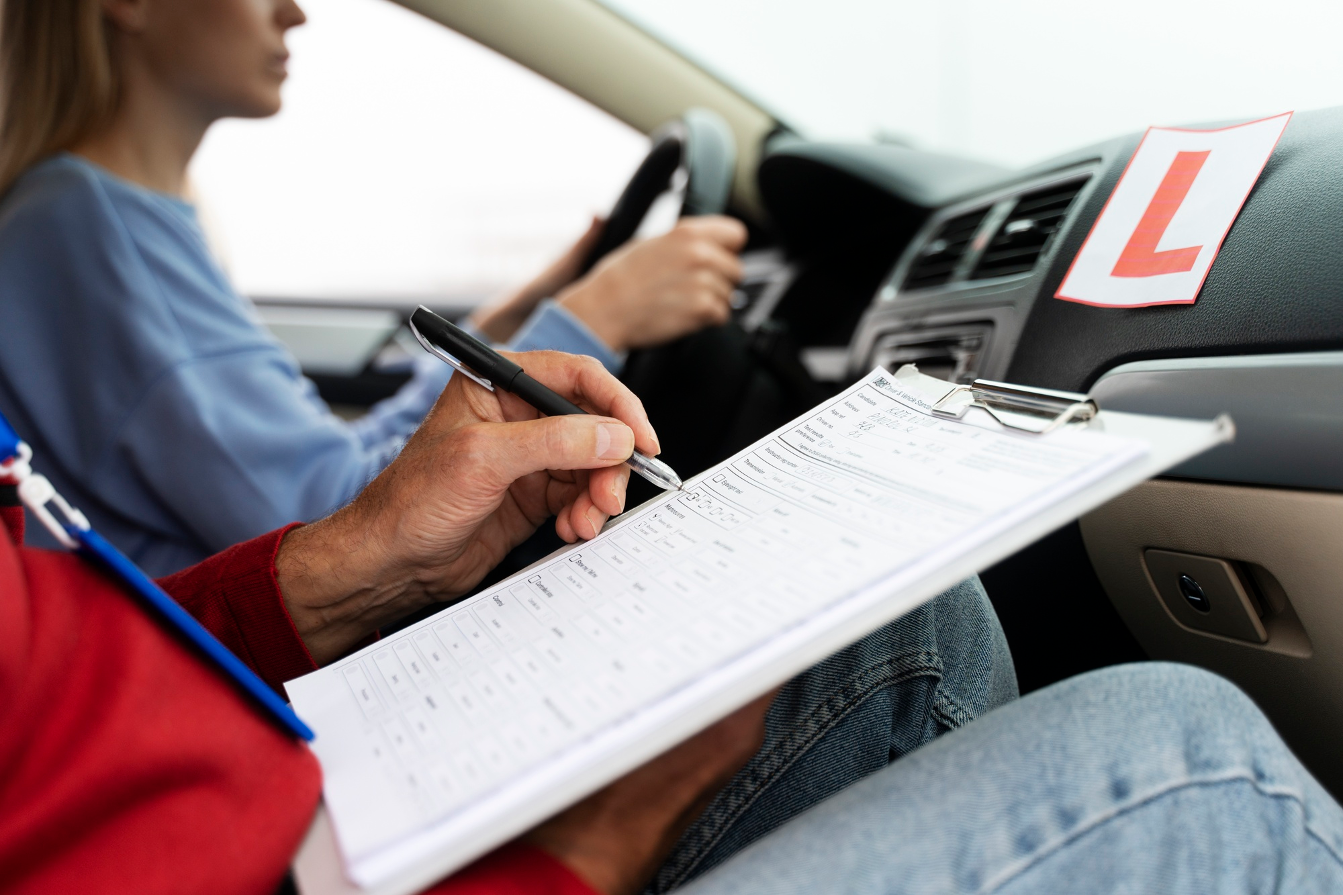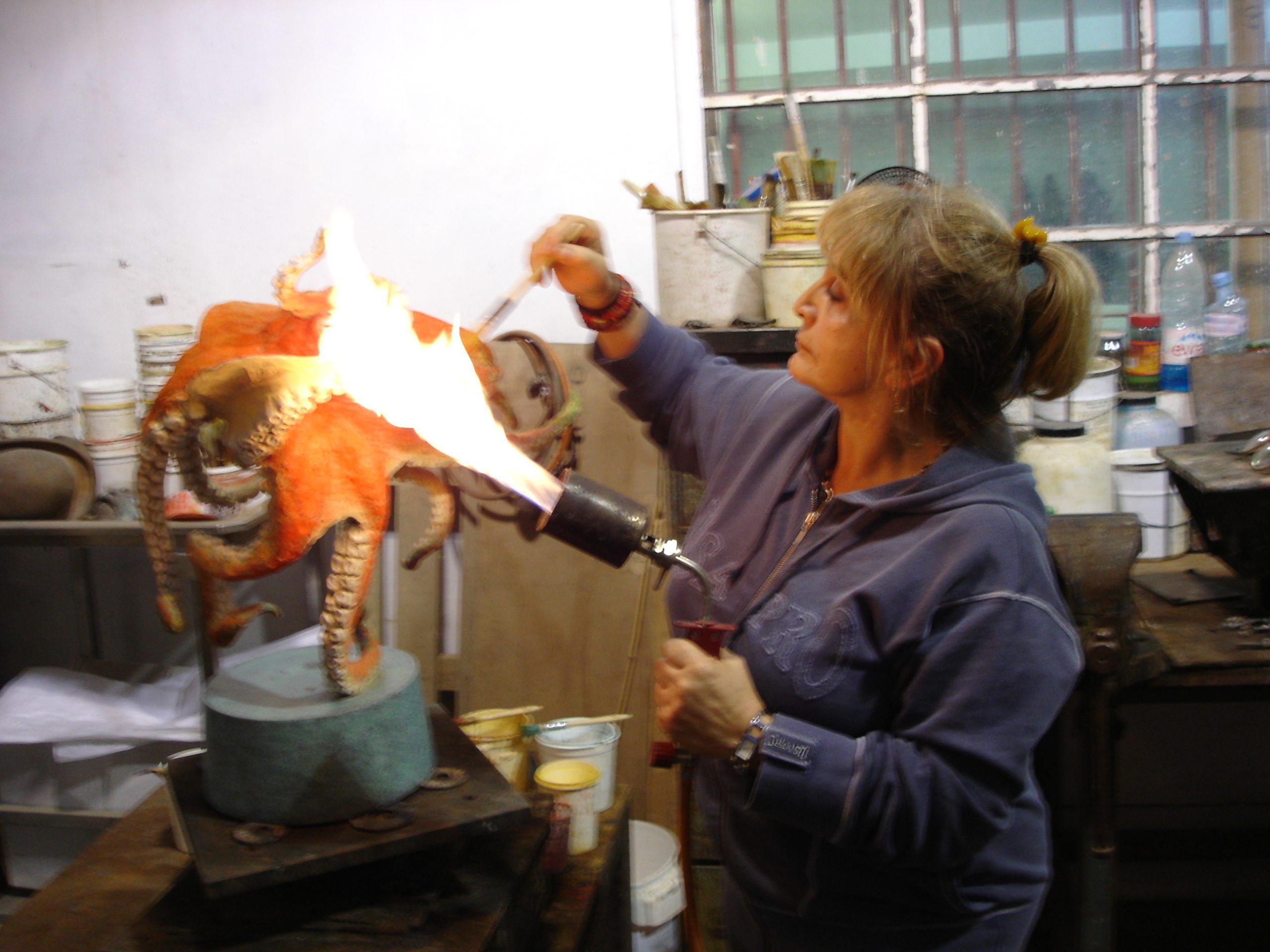
Driving professionally opens a world of opportunities, but the license you hold determines your lane. A Class C Commercial Driver’s License (CDL) has power that many overlook. It lets you legally operate specific commercial vehicles that don’t fall into the heavy-duty Class A or B categories.
Many new drivers ask, “What are the 3 types of CDL license?”—Class A, Class B, and Class C. While Class C may seem like the underdog, it grants access to vehicles that serve vital roles in industries such as healthcare, education, delivery, and security.
This article breaks down exactly which vehicles fall under the Class C category, so you can stay informed and confident as you pursue this versatile license.
Passenger Vans
Drivers with a Class C CDL handle passenger vans meant to carry 16 or more people, including the driver. These include shuttle vans, church buses, and airport transport vans. Many organizations depend on these vehicles for the daily transportation of employees, patients, students, or tourists.
Shuttle services around hotels, hospitals, and universities trust certified drivers to transport people safely and on schedule. Faith-based organizations and youth camps hire Class C drivers to operate larger vans during events or trips. Many school districts also employ these drivers when a full-sized school bus isn’t necessary.
Operating these vehicles requires attention, focus, and control. With multiple lives on board, Class C drivers follow strict safety protocols and handle routes with care. The license ensures that only trained individuals handle vehicles designed for large groups, even if the car itself looks less imposing than a full-sized bus.
Small Hazmat Vehicles
Class C holders operate smaller vehicles that carry hazardous materials that need a placard under federal law. These include vans and trucks that haul items such as fuel containers, industrial chemicals, medical waste, or certain agricultural supplies.
Before driving any vehicle that transports these substances, applicants must obtain a Hazmat (H) endorsement. This endorsement includes a fingerprint-based background check and a written test covering safe handling, labeling, and emergency procedures.
Once qualified, drivers perform critical tasks that keep hospitals supplied, gas stations stocked, and cleaning services operational. Though these vehicles may appear modest in size, their cargo demands serious responsibility. Every load requires proper packaging, documentation, and handling precautions to protect people and the environment.
In many cases, these jobs offer reliable income and steady demand. They also provide opportunities for growth into more specialized fields, such as chemical delivery or pharmaceutical distribution.
Specialty Combination Vehicles
Drivers use a Class C CDL to operate certain vehicle combinations that don’t fall under the weight classifications of Class A or B but meet specific operational rules. These combinations might include a pickup truck towing a small trailer that transports hazardous materials or a van pulling a trailer carrying more than 15 passengers in total.
Although these vehicles appear less complex than tractor-trailers, they still require precise driving, turning, and safety checks. Emergency response teams, mobile clinics, pest control operations, and outdoor event services rely on these smaller combinations to deliver fast, flexible service.
In some industries, these vehicles allow professionals to bring their tools and teams directly to clients. Mobile dental clinics, mobile blood donation units, and disaster relief teams use these setups. Class C certification ensures these units remain street-legal and road-ready.
Some businesses also use these vehicle combinations to handle regional or city-based tasks where larger trucks would struggle with space or accessibility. In these roles, agility and regulatory compliance both matter.
Conclusion
A Class C CDL unlocks access to vehicles that serve core functions in modern society. It entails shuttling passengers across campuses, delivering sensitive materials, or operating mobile units. These vehicles help keep services flowing, businesses running, and communities connected.




